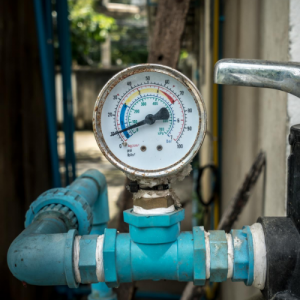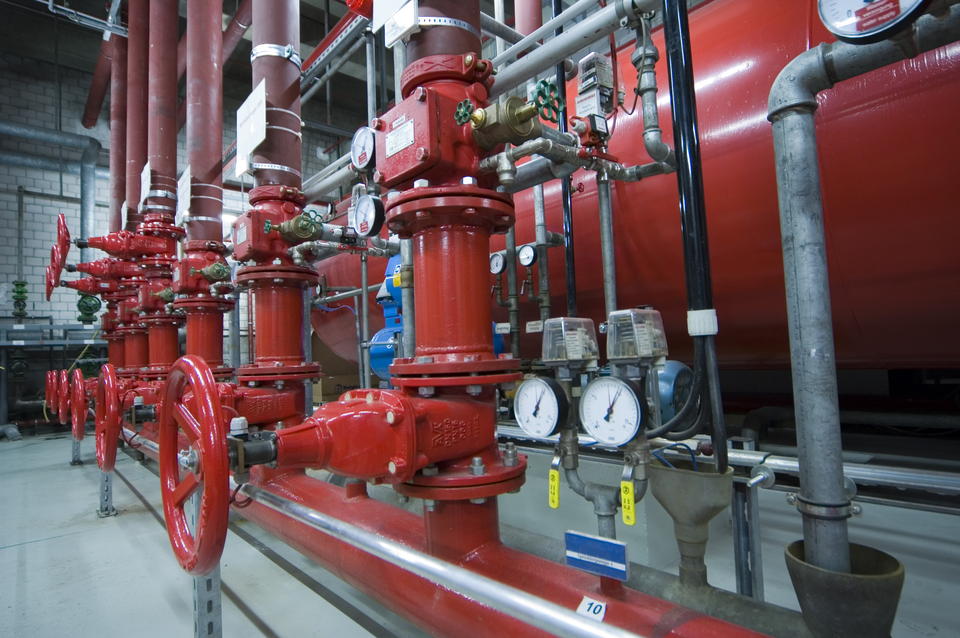Proven Tactics for Addressing Low Water Pressure in Your Home
Proven Tactics for Addressing Low Water Pressure in Your Home
Blog Article
On this page down the page you will find a good deal of awesome information related to Dealing with Low Water Pressure in Your Home.

Low tide pressure in your house can be an aggravating issue, affecting everything from showering to washing dishes. If you're experiencing weak water circulation, there are a number of feasible causes and options to check out. In this overview, we'll discuss usual reasons for low water pressure and functional actions to attend to the issue efficiently.
Introduction to Low Water Stress
Low water stress takes place when the circulation of water from your faucets, showers, and other fixtures is weaker than usual. This can make day-to-day jobs a lot more challenging and much less effective. Recognizing the root causes of low water pressure is critical to locating the right option.
Typical Causes of Low Water Pressure
Pipeline Obstructions
With time, pipes can end up being clogged with mineral deposits, debris, or debris, restricting the flow of water. This is a common problem in older homes with galvanized steel pipes.
Deterioration
Deterioration within pipes can cause leakages and decreased water stress. Rust buildup can restrict water flow, specifically in maturing plumbing systems.
Faulty Pressure Regulatory Authorities
Pressure regulators are responsible for keeping consistent water stress in your home. If they malfunction, it can lead to low tide stress or uneven circulation throughout your home.
Metropolitan Supply Of Water Issues
Occasionally, the issue exists outside your home. Local supply of water issues, such as main line leakages or upkeep work, can briefly reduce water pressure in your location.
Just How to Identify Low Water Stress
Inspecting Faucets and Components
Begin by checking the water pressure at various taps and fixtures throughout your home. If the problem is isolated to details areas, it might show localized troubles.
Examining Pipes
Examine visible pipes for indications of leaks, corrosion, or clogs. Focus on any kind of unusual noises, such as knocking or rattling pipelines, which can suggest concerns within the plumbing system.
Consulting with a Plumber
If you're unable to identify the cause of low water stress, consider employing an expert plumber to carry out a detailed inspection. They can identify underlying issues and advise ideal solutions.
Do It Yourself Solutions to Deal With Low Water Stress
Cleansing Aerators and Showerheads
Natural resources can collect in aerators and showerheads, decreasing water flow. Get rid of and cleanse these elements consistently to improve water stress.
Flushing Hot Water Heater
Sediment build-up in the water heater can restrict flow and minimize efficiency. Flushing the storage tank occasionally aids get rid of debris and preserve optimal efficiency.
Checking Stress Regulator
Ensure that the pressure regulator is operating correctly. Changing or replacing the regulator can assist bring back proper water stress throughout your home.
Clearing Clogs in Pipes
For small blockages, try utilizing a plumbing serpent or chemical drain cleaner to clear blockages in pipes. Be cautious when using chemicals and follow safety and security standards.
When to Call a Professional Plumber
If DIY initiatives fail to settle the concern or if you believe significant plumbing problems, it's best to seek support from a certified plumber. They have the experience and devices to attend to intricate problems securely and successfully.
Safety Nets to Keep Water Stress
Normal Upkeep
Arrange routine upkeep for your plumbing system to prevent issues such as deterioration, leaks, and obstructions. Attending to minor troubles early can help prevent more considerable repair work in the future.
Installing a Stress Booster
Consider mounting a stress booster pump to enhance water pressure in areas with constantly reduced flow. This can be particularly useful for multi-story homes or buildings with high-demand components.
Surveillance Water Use
Bear in mind water usage behaviors and prevent overtaxing the plumbing system. Easy adjustments, such as shocking showers and washing lots, can assist keep sufficient water pressure.
Final thought
Dealing with low tide stress can be frustrating, yet recognizing the underlying causes and carrying out appropriate solutions can recover optimal circulation throughout your home. Whether it's cleaning up aerators, examining pipelines, or seeking advice from a plumber, taking proactive actions can make certain a stable supply of water for your day-to-day demands.
FOUR WAYS TO FIX LOW WATER PRESSURE NOW
Turning on a shower or faucet only to find the water comes out in a sad, slow drizzle is never a good feeling. How exactly are you supposed to wash a pan or take a quick shower when it takes 10 minutes just to rinse off a little soap? The good news is that when your water pressure is bad, there's always a cause: typically one that can be easily fixed. Here are some of the most common causes of low pressure and what you can do to fix the issue:
DEBRIS AND MINERAL DEPOSIT BUILDUPS
If you notice low water pressure from just one or two of the fixtures in your house, the problem likely has to do with debris buildup. Water is full of minerals and other debris, all of which can accumulate in your pipes and on your fixtures. This can cause a blockage that affects how much water flows through. To fix this, try filling a small plastic bag with white vinegar, and use a rubber band to hang it around your showerhead or faucet. Let the head of the fixture soak for a few hours, and the vinegar should loosen the deposits.
WATER LEAKS
Leaks are another common cause of low water pressure. If water is flowing out of your plumbing through a hole or crack before it can reach your fixture, the pressure coming out of the faucet or showerhead will be lower. A plumbing professional is your best bet for finding and repairing a leak in your water supply pipes.
Leaks are another common cause of low water pressure. If water is flowing out of your plumbing through a hole or crack before it can reach your fixture, the pressure coming out of the faucet or showerhead will be lower. A plumbing professional is your best bet for finding and repairing a leak in your water supply pipes.
FOUR WAYS TO FIX LOW WATER PRESSURE NOW
Turning on a shower or faucet only to find the water comes out in a sad, slow drizzle is never a good feeling. How exactly are you supposed to wash a pan or take a quick shower when it takes 10 minutes just to rinse off a little soap? The good news is that when your water pressure is bad, there's always a cause: typically one that can be easily fixed. Here are some of the most common causes of low pressure and what you can do to fix the issue:
DEBRIS AND MINERAL DEPOSIT BUILDUPS
If you notice low water pressure from just one or two of the fixtures in your house, the problem likely has to do with debris buildup. Water is full of minerals and other debris, all of which can accumulate in your pipes and on your fixtures. This can cause a blockage that affects how much water flows through. To fix this, try filling a small plastic bag with white vinegar, and use a rubber band to hang it around your showerhead or faucet. Let the head of the fixture soak for a few hours, and the vinegar should loosen the deposits.
WATER LEAKS
Leaks are another common cause of low water pressure. If water is flowing out of your plumbing through a hole or crack before it can reach your fixture, the pressure coming out of the faucet or showerhead will be lower. A plumbing professional is your best bet for finding and repairing a leak in your water supply pipes.
Leaks are another common cause of low water pressure. If water is flowing out of your plumbing through a hole or crack before it can reach your fixture, the pressure coming out of the faucet or showerhead will be lower. A plumbing professional is your best bet for finding and repairing a leak in your water supply pipes.
A VALVE ISSUE
If you have low water pressure throughout your home, check your main shut-off valve to make sure it's completely open. You may also want to see if there's a pressure-reducing valve installed. If there is, have a plumber help you adjust the settings to get the pressure you're looking for.
OTHERS USING WATER
Believe it or not, your low water pressure could be caused by your neighbors. If you notice low pressure at certain times of day, it may be because you and the people living next to you have similar schedules - when everyone is showering at the same time, the pressure will be lower in every home. Low pressure throughout the neighborhood may also be caused by an issue with your municipal water supply. If that's the case, call the supplier to see if they're working on the issue.
https://www.rotorooter.com/blog/water-leaking/low-water-pressure-fixes/

Do you enjoy more info about Dealing with Low Water Pressure in Your Home? Write feedback down below. We'd be delighted to know your reactions about this content. Hoping that you come back again soon. Sharing is nice. Who knows, you will be helping someone out. Many thanks for taking the time to read it.
Instant Quote Report this page